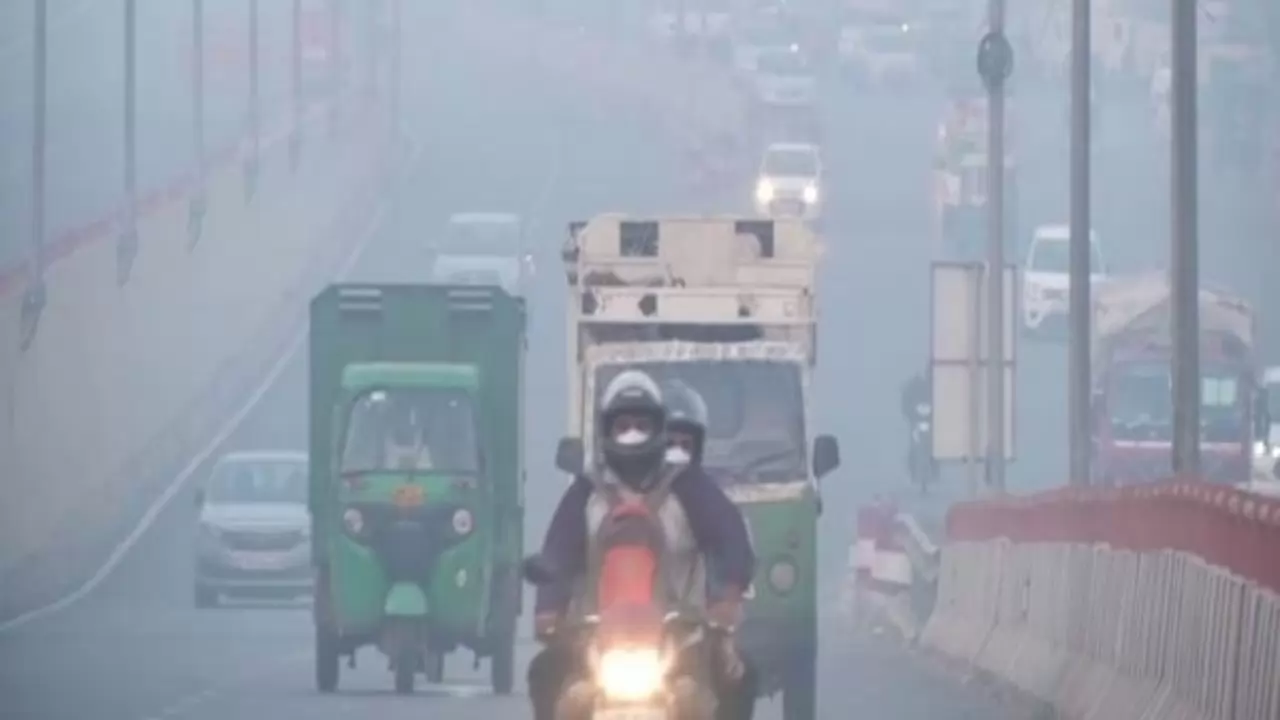
Air pollution (Representative Image) (ANI)
The Supreme Court on Friday strongly reprimanded the Commission for Air Quality Management (CAQM) for its failure to address rising pollution levels in Delhi, particularly due to unchecked crop burning in neighboring northern states. As Delhi's air quality sharply declined this week, the court expressed frustration over the panel's passive stance.
The bench highlighted that, despite the annual stubble burning crisis, the CAQM had not formed any committees to tackle the issue. "Every year, stubble burning occurs, yet there has been complete non-compliance with the CAQM Act. Have any committees been formed? Show us a single step taken. What directions have been issued under the Act? You are silent spectators doing nothing," the court admonished, according to the sources.
Supreme Court tells the Commission for Air Quality Management (CAQM) that efforts need to be taken to make sure that use of stubble burning alternative equipments are used at grassroots level.
Supreme Court says CAQM has taken certain steps, but needs to be more active and must… pic.twitter.com/O5lOdoXvL8— ANI (@ANI) September 27, 2024
The court also questioned the panel's efficiency, noting its meetings occurred only once every three months. According to the CAQM Act, the commission holds the authority to coordinate, research, and address air pollution in Delhi-NCR and adjoining regions. However, the court observed a lack of enforcement and action under the Act, especially regarding stubble burning alternatives at the grassroots level.
Despite the CAQM having broad powers, including the ability to shut down polluting units, the court noted a failure to implement any significant measures. The Supreme Court demanded the panel submit records of meetings and decisions taken thus far.
"While certain steps have been taken, the commission must become more proactive. Its efforts should lead to tangible reductions in pollution levels," the bench stated.
Click on the link below to know the #AQI of 239 cities in the country.https://t.co/iLGya1F0mK#SameerApp #CPCB #AQIUpdate @byadavbjp @KVSinghMPGonda @moefcc @mygovindia @PIB_India pic.twitter.com/9nXEK9uKmE
— Central Pollution Control Board (@CPCB_OFFICIAL) September 26, 2024
Delhi faces an annual air quality crisis each winter, worsened by stubble burning in Haryana and Punjab, which contributes significantly to the region’s hazardous pollution levels.





Copyright © 2025 Top Indian News
